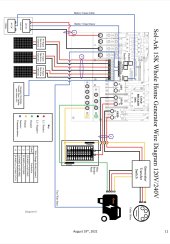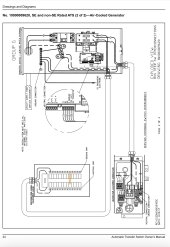timselectric
If I can do it, you can do it.
- Joined
- Feb 5, 2022
- Messages
- 19,224
Yes, they use a grounding system.If someone is doing offgrid solar why not simply install a euro spec inverter and just build that? (Devils advocate)
Basically it wouldn’t likely happen because everything would have to ordered in from overseas on one hand. On another, neither code enforcement nor the powerco monopolies would make that jurisdictionally feasible.
The other question in my mind is (because I do not know) is does europe even use a safety ground? I can see perfectly well that a euro grid could function on two wires only, but at what point and where is/are the euro 240V lines ‘earthed?’ Because I can still see how voltage through a body to dirt or anything connected to dirt could be dangerous aka lethal. Or maybe I’m confused by the years of watching some electricians pound in multiple ground rods for generators or separate buildings with subpanels (which I now understand is wrong).
Their power is Line and Neutral. (Neutral is a grounded conductor)
But most do the bonding at the grid side of the service. And provide a L,N,and G (known as an Earthing) conductor to the customer. In North America the utility companies decided that they could save money by not providing the G conductor to every service. And have the customer do their own bonding.
As always, money drives every decision.





